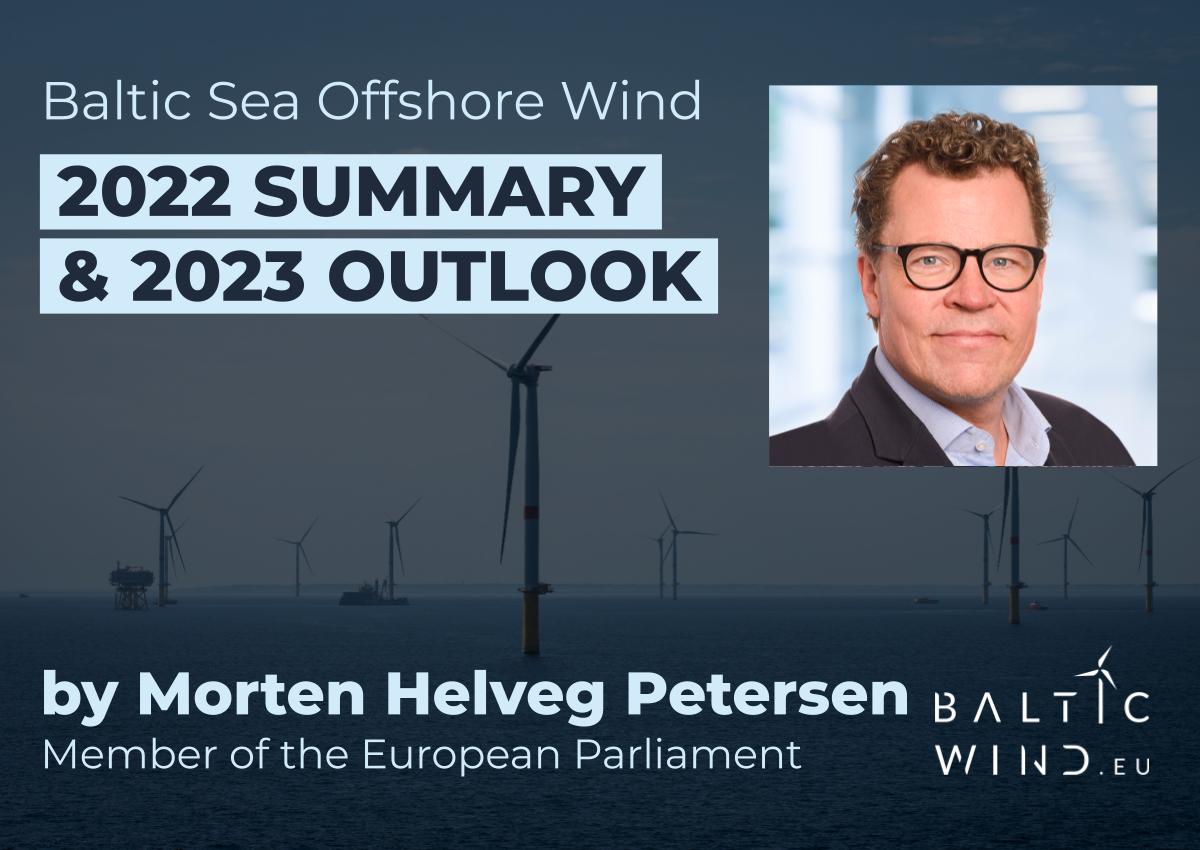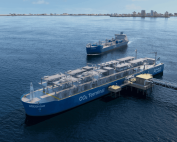The year 2022 was full of events that are permanently changing the conditions for the offshore wind industry. We asked industry leaders and key policy-makers for their assessment of what has been achieved in the past year and what the forecasts are for 2023. In today’s interview of the „Baltic Sea Offshore Wind – 2022 Summary & 2023 Outlook” series, we present the opinion of Morten Helveg Petersen, Member of the European Parliament, Denmark, Renew Europe.
2022 Summary
From my perspective the most important developments for the offshore wind industry in 2022 are… The cross-border agreements on the North Sea and the Baltic Sea. This kind of cooperation between European neighbours across waterways perfectly exemplifies the kind of international cooperation needed to deploy offshore renewables as we go towards 2050. Connecting the grids of different European countries via an offshore wind park at sea is a breakthrough and a model for the energy system of the future. The year we leave behind also launched energy policy as top-shelf security policy. Putin’s aggression war in Ukraine forms a tragic background, but the increased focus on European security policy is certainly speeding up the green agenda and the roll-out of renewables across the continent.
Our main achievement in 2022 is the keen political focus on permitting, which has been a key policy issue for me since I began the work on the EU strategy on offshore renewables. Permitting was not even part of the original revision of the Renewable Energy Directive that went on during 2022, but as the European Commission was given mandate to draft a plan for European energy independence, the chance came back. I’m close to considering it a done deal. Next year, there will be more than one way to fast permitting for renewables in Europe, and it is a real achievement for all of us who worked for just that.
2023 Outlook
Important challenges for offshore wind development in 2023 concerns the supply of materials and lack of skilled work force. Unfortunately, these challenges are bound to stretch over time more time, and may pick up speed as we increase the deployment of renewables.
In 2023 we will focus on the European Commission’s proposal for reforming the EU electricity market. The energy union is simply critical for achieving European energy independence, and we need massive grid investments and more interconnectors. Details on the reform have so far been very scarce, but my own starting point is that much of the work has already been done, and we would come a long way already, if we started to live up to the agreements already made, for example the rule stating that EU member states must make at least 70% of the capacity of their grid elements available for trade between EU member states.















